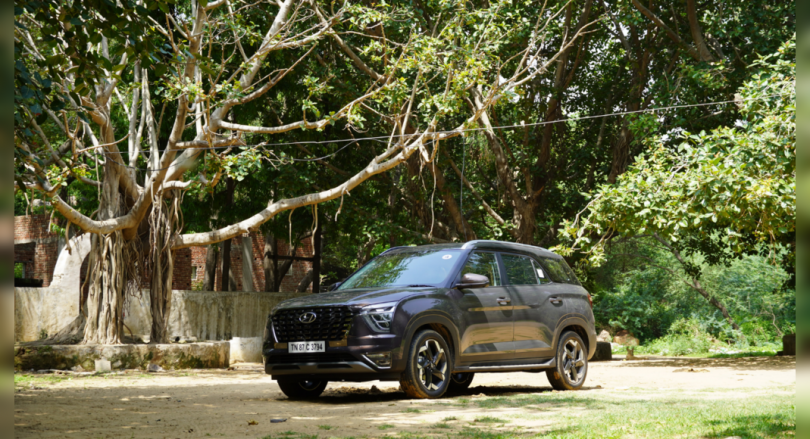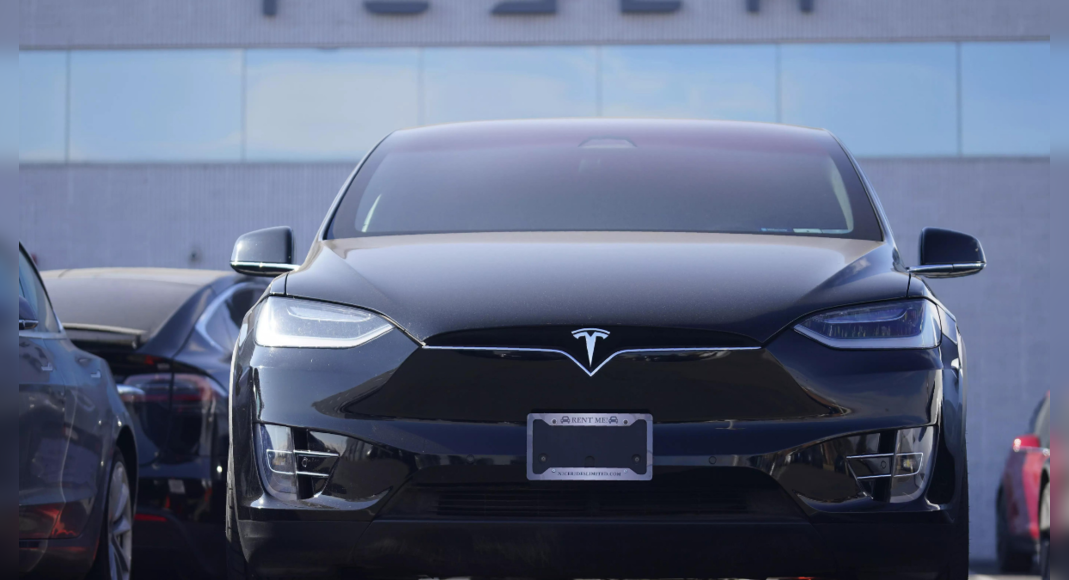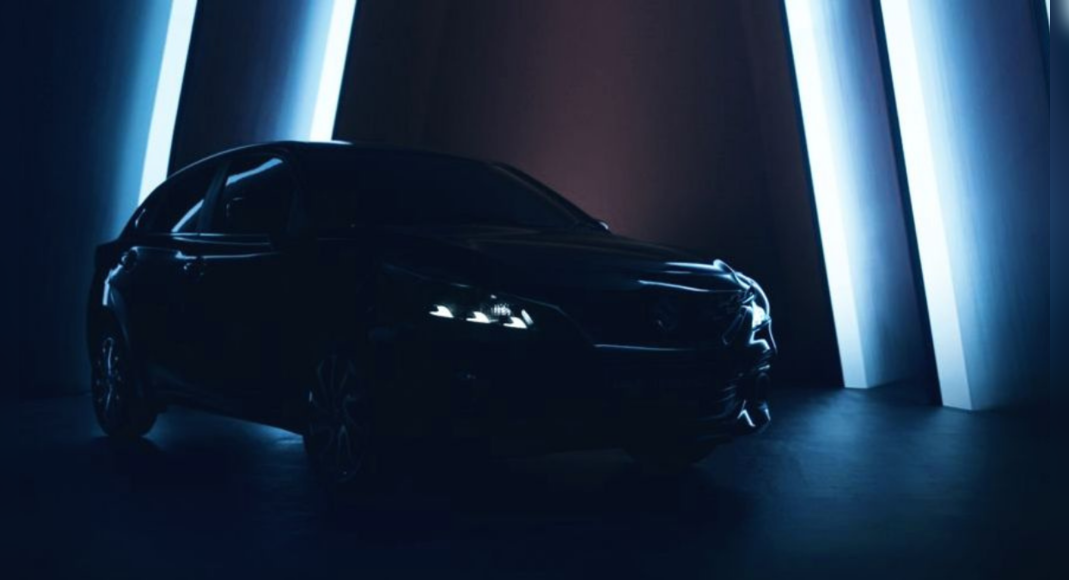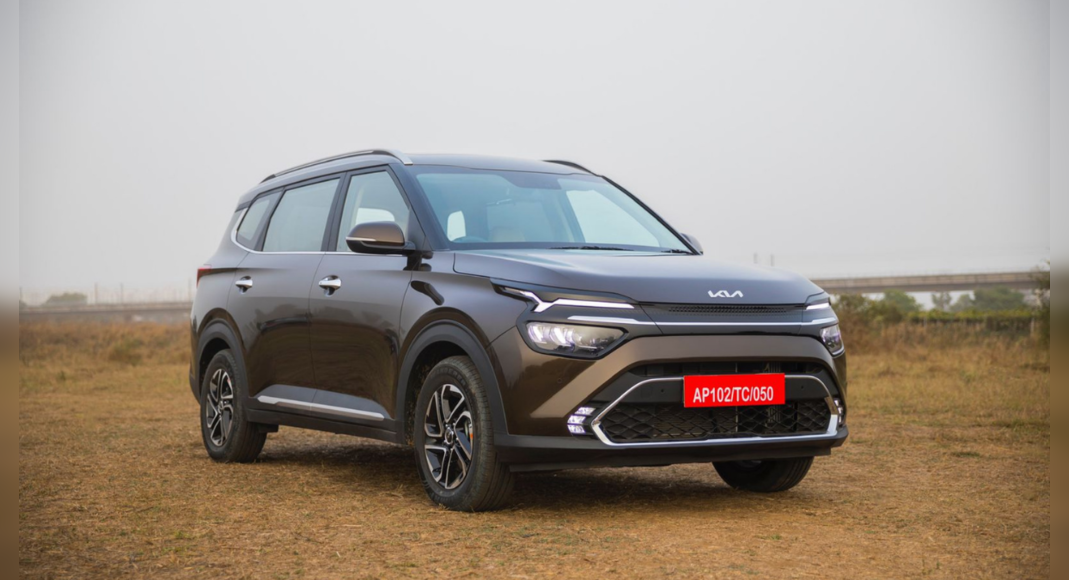NEW DELHI: Months in news and on social media, I believe you know a lot about the basics of Alcazar.
To begin with, I’m intrigued by a couple of things Hyundai has done with the Alcazar.
This three-row SUV doesn’t have a base model.
Perhaps, it’s safer to say the entry-level trim of Alcazar isn’t a base model as it is enriched with the likes of a panoramic sunroof, 10.25-inch infotainment, wireless charging, and more.
The price of prestige trim (entry-level) starts at Rs 16.30 lakh (ex-showroom).
Effectively, this is costlier by Rs 2.70 lakh and Rs 1.30 lakh respectively over the corresponding trims of MG Hector Plus and Tata Safari.
Secondly, I’m looking forward to the market response to the 2-litre petrol engine.
It’s the largest in terms of capacity and output in the segment.
But statistically, diesel is the mass driver of sales for the cars of the shape, size and price of Alcazar.
The major question buyers will have is how different are Creta and Alcazar.
The three-row SUV is longer and taller by 200 mm and 40 mm respectively and the wheelbase is 150 mm more at 2,760 mm.
While the wheelbase is the longest in the segment, dimensionally otherwise, Alcazar is slightly lesser in volume than its prime rivals MG Hector Plus and Tata Safari.
Thanks to excellent interior packaging, Alcazar offers 180 litres of the boot with all rows up.
Even in terms of looks, Hyundai has done a fair bit of job on Alcazar to differentiate it from the Creta.
While the three-pot LED headlight with split wraparound DRL (daytime running light) in Alcazar and the top trims of Creta are quite alike, the rest of the elements in the front fascia have very little resemblance.
The cascading grille of Alcazar, for example, has a greater touch of chrome, both on and around it.
Black lines seamlessly join corresponding small rectangular chrome tops on the grille.
A thick chrome plate runs, beginning from the flanks steam in and underline the grille.
But never for once will the chrome treatment seem overdone.
The foglamps are larger and different than the Creta, so are the front and rear bumpers along with skid plates.
Alloy wheels are standard.
Prestige trim rides on 17-inch while Platinum and Signature on 18-inch.
Barring Prestige trim, Alcazar has a segment-first side step, which not only amplifying the looks but also helps in easier movement in and out of the third row.
A thin line of black plastic is plastered on the side profile.
The roof rails (non-functional) also add a bit of visual drama.
The overhangs on either side here aren’t as long as you would see in Hector Plus, while the quarter glass area is also significantly larger.
The non-electric tailgate, presumably, is more upright to accommodate the third-row seating.
The split LEDs form a honeycomb structure and a chrome appliqué with Alcazar nomenclature embossed on it joins the two ends of the taillights.
The twin-tip faux exhaust discreetly merges with a grey skid plate.
1.5-litre diesel with 6 AT: Is it underpowered? A 115-PS, 4-cylinder motor taken from Creta is definitely not leading in terms of cubic capacity or output generation.
That said, it has manageable power to do city runabouts comfortably at the same time highly efficient.
Hyundai claims 20+ kmpl for the oil burner.
The power to weight factor is something working in favour of Alcazar as well.
Around 80 kilos heavier than Creta, Alcazar is significantly lighter than its rivals by up to 350 kilos.
Anyway, the engine has a good mid-range performance, with lively performance between 1,600 rpm and 3,500 rpm.
The low-speed maneuverability is doable, but the engine is more composed once you hit 40 kmph on the speedometer.
The 6-speed transmission performs decently.
Floor the pedal, the gear shifts happen around 3,000-3,500 rpm.
Though we hadn’t had a V-Box test of in-gear acceleration, in the short run, we felt, the diesel felt out of breathing when revved hard and there is a fair amount of planning required to overtake vehicles, especially in city traffic.
2.0-litre petrol with 6-MT: It’s a gem of an engine: Powerful, punchy, refined, efficient and extremely tractable.
The 2-litre, Nu, 3rd gen petrol engine is a derivative of Tucson and Elantra.
The engine develops 159PS and 191Nm.
The petrol engine has been tuned to supply FE figures over 14 kmpl.
The low-speed response from the engine in the crawling traffic is pleasantly surprising.
The engine can be revved without any discomfort.
This, in turn, makes way for lesser gear shifts in the cities.
The engine is punchy beyond 3,000 rpm and Hyundai has done a fairly decent job in keeping the NVH levels low.
On highways, the petrol engine can pull Alcazar at an excess of 120 kmph for long distances comfortably.
The one we drove was paired with a 6-speed manual transmission.
The gear throws aren’t as long as XUV500 but I wished for a smaller lever.
The distance between the central armrest and gear is somewhat shorter than usual, making it uncomfortable for repetitive shifts in traffic.
Otherwise, the gear level is light, so is the clutch pedal.
However, the distance of the full press of the clutch pedal is a bit long.
The gearshift is smooth but isn’t perfectly precise.
Ride and handling: The steering wheel looks much like the Creta: Butterfly-shaped with a flat bottom.
It’s marginally heavier than that in Creta, which is a good thing.
It weighs up with building speeds, offering confidence in quick directional changes.
The body roll is better controlled.
Rolls around the corner felt the least among all its rivals.
Possibly, usage of 74.5% high tensile strength steel offers greater torsional rigidity along with lower driving height than rivals are helping in greater comfort in motion.
The ride quality is plush and soft over bad bumps.
The rear suspensions have extra support to cushion out the bumps.
Sitting in the third row felt less jarring than most other SUVs in the segment.
Features: Hyundai, like Creta and Tucson, has left no stones unturned in packing the cabin with features up to the sunroof.
The driver seat is electrically adjustable while front sears are ventilated.
The 10-25-inch infotainment with BluLink connectivity, undeniably, offers the best tactile feel and feedback.
Wireless charging along with a host of USB ports in all the rows is a bonus.
Top trims also offer air purifier, seat pillows for captain seats, sun blinds and a 360-degree camera.
The driver’s display is pleasant to operate with four screens to toggle between, offering the feel of a virtual cockpit.
Downside: Alcazar, like most others segment-rivals, isn’t most confident with the third row.
The space is tight and is ideal for teenagers and kids.
The cabin, however, is airy and well-lit, thanks to massive window areas, large quarter glass, and the panoramic sunroof.
The dashboard has a golden touch around the infotainment and telescopic steering column.
That said, the touchpoints around the driver are hard and edgy.
Soft materials could have been used to pack certain places like the front passenger crashpad and door panels.
The middle row seats come with one-touch tuck-and-roll feature, which is easy to operate.
The middle-row passenger doors are longer than that in Creta, which means easier ingress and egress.
The middle row seats, however, lack the height which you would ideally feel in Hector Plus or Safari.
Moreover, stadium effect treatment is always suitable for three-row SUVs.
Verdict: The 2-litre petrol engine is a masterstroke while the 1.5-litre diesel will be a money-saver for those who drive in cities and on highways alike.
The starting price is a bit steeper than the competition, but features will spoil you for options.







